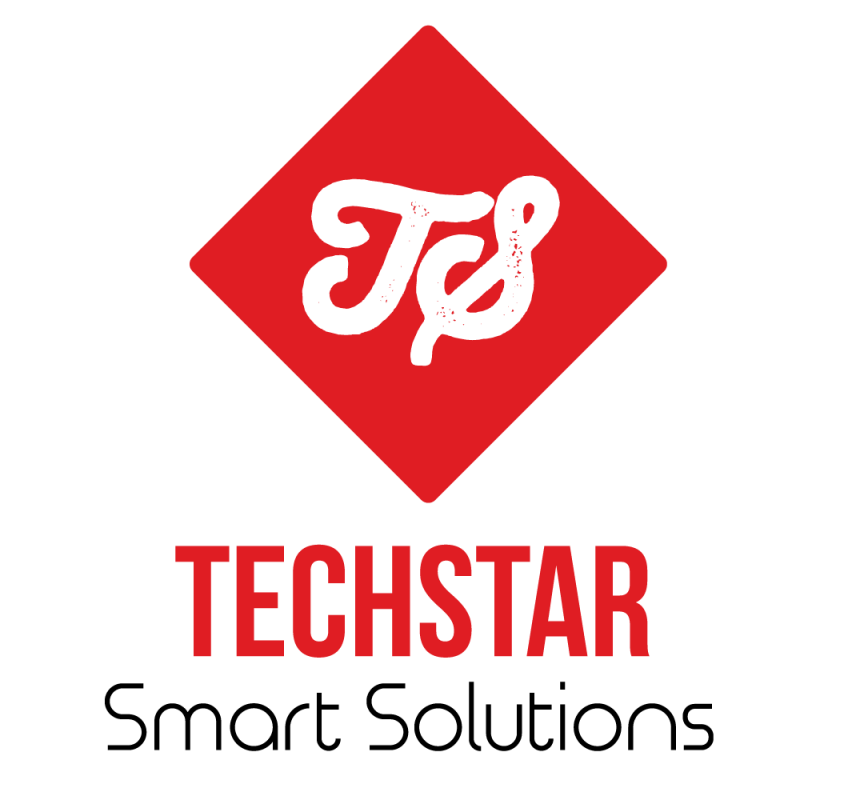Introduction
Data is what makes modern businesses work. A network of servers, switches, cables, and cooling systems that never stops working to keep uptime is what makes every app, website, and cloud service work. The reliability of these systems is what keeps businesses running, whether they are in a big data center or a small server room.
That’s when data center monitoring comes in. Businesses can keep an eye on the environment, equipment health, network flow, and security with advanced monitoring. This helps them avoid downtime, improve performance, and cut costs.
We’ll cover a lot of ground in this guide, including:
- What data center monitoring is and isn’t
- The kinds of monitoring that all facilities need
- The best tools, metrics, and dashboards to use
- How monitoring works with specific areas, such as keeping an eye on the temperature in the server room
- Best ways to make critical infrastructure work better
What is Data Center Monitoring?
Data center monitoring is the ongoing tracking, analysis, and management of both the physical and digital parts of a data center. It makes sure that important things like servers, power distribution, UPS systems, cooling equipment, and network gear are all working within acceptable limits.
Monitoring can involve:
Monitoring the environment: temperature, humidity, airflow, and finding leaks
Monitoring the infrastructure: racks, power, UPS, cooling systems, and cables
Monitoring servers and applications: CPU usage, memory load, and disk health
Monitoring the network: switches, latency, bandwidth, and throughput
Without it, IT teams have to play “data center detective” and guess what caused the outages, and customers don’t usually want to wait for the mystery to be solved.
Why Data Center Monitoring is Critical
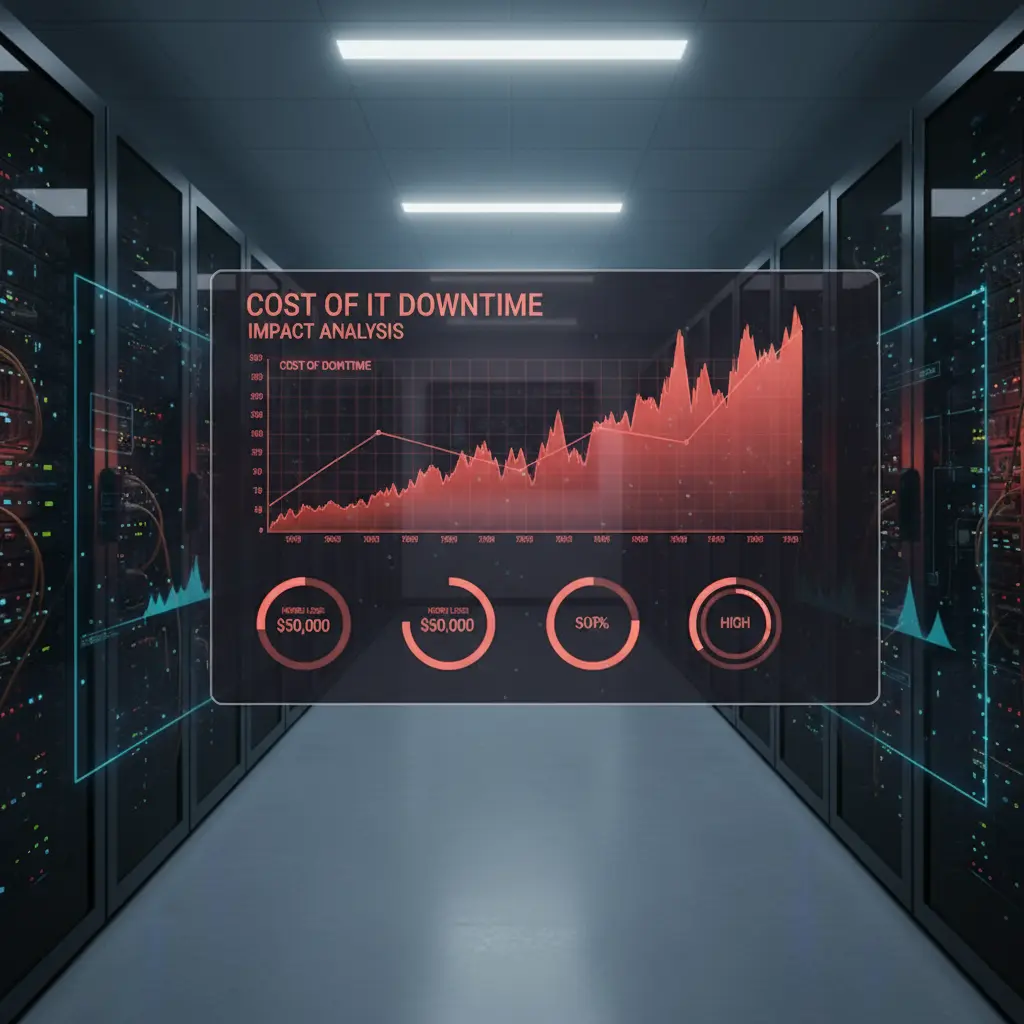
Prevent Downtime: Gartner says that the average cost of IT downtime is $5,600 per minute, which is a lot of money. Monitoring spots problems before they get worse.
Improve Efficiency: Keeping track of metrics like power usage effectiveness (PUE) can help you save energy.
Proactive Maintenance: Sensors let teams know about failing fans, cases that are getting too hot, or power jitter long before they break down.
Compliance: For auditing purposes, industries such as healthcare and finance need to keep an eye on the environment and security.
Security: Monitoring works with access control and intrusion detection to provide full protection.
In short, monitoring gives you peace of mind and a real, measurable return on investment.
Types of Data Center Monitoring Systems
Environmental Monitoring
Sensors keep an eye on:
Temperature (network racks get very hot)
Humidity (too dry = static discharge; too humid = risk of condensation)
Water leaks around CRAC and CRAH units
Airflow distribution to keep hot spots from forming
* If you are curious, check our complete guide on Data Center Environmental Monitoring.
Power and Energy Monitoring
Even the strongest servers are just very expensive paperweights without power. Important parts are:
- Checking the health of UPS batteries and the number of power distribution units (PDUs) per rack
- Levels of fuel in the generator PUE (Power Usage Effectiveness) for green projects
Our environment monitoring system for data center explains how power is integrated.
Network and Application Monitoring
This keeps track:
- Use of bandwidth Time it takes for an application to respond
- Health of switches and routers
- Keeping track of packet loss
For IT admins, this means they can see if the problem is with a router, a cable, or an app that is using up memory like it’s at an all-you-can-eat buffet.
Security Monitoring
In-person and online:
- Logging biometric access control
- Combining surveillance
- Detection of intrusions (in both physical spaces and network endpoints)
Find an article on data center monitoring systems for a deep-dive on advanced tech tools.
What to Monitor: Critical Metrics That Matter
- The temperature of the rack inlet should stay within ASHRAE standards, which are usually between 18°C and 27°C.
- The best range for relative humidity is 40% to 60%.
- PUE stands for energy efficiency.
- Packet loss and latency.
- Use of storage.
- A/B feeds for power redundancy readiness.
Tools and Technologies for Data Center Monitoring
Integrated DCIM (Data Center Infrastructure Management) Software
Nlyte, Sunbird, and Schneider Electric EcoStruxure are all examples of platforms that let you see all of your monitoring in one place.
IoT-Enabled Sensors
Put it in racks, aisles, and server rooms, and use APIs to send real-time data.
AI & Predictive Analytics
Machine learning can tell when power outages or cooling problems are going to happen before they do.
Reference Uptime Institute reports to back importance of reliability standards.
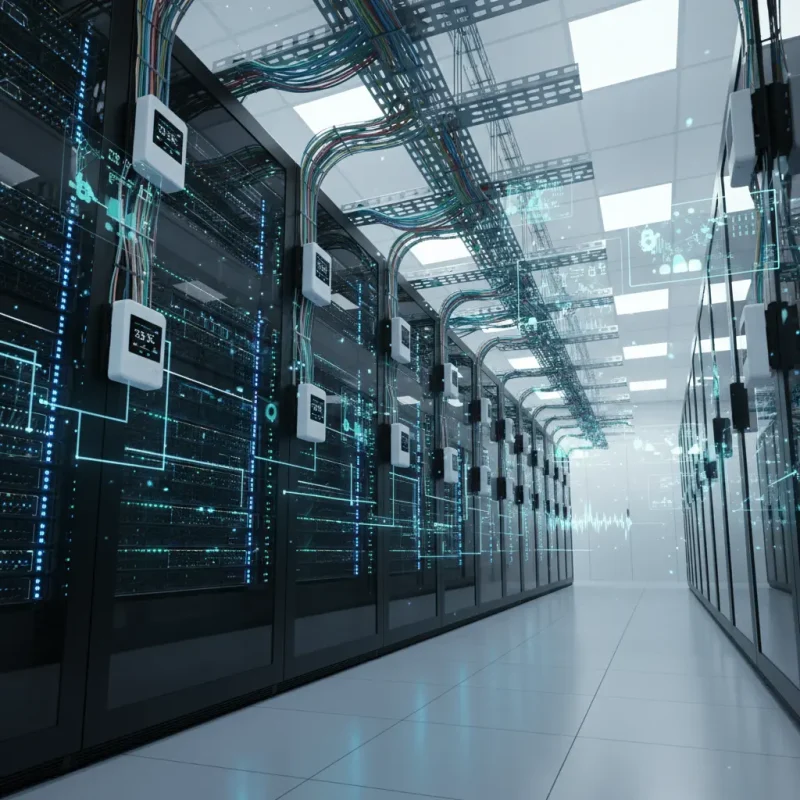
Best Practices for Effective Data Center Monitoring
Set Limits Clearly
Be aware of your red zones, which include temperatures above 27°C, voltage problems, and unauthorized access.
Set up automatic alerts
If your ops team has to check dashboards by hand, they will miss something. Automated SMS, email, and push alerts save lives.
Combine monitoring across all layers
Don’t separate environmental and application monitoring. A real outage can start with overheating (environmental), take servers offline (application), and break SLAs (business).
Do audits on a regular basis
A data center changes over time; for example, racks are moved and power needs change. Rules for monitoring must change.
Link Monitoring with Maintenance to Avoid ProblemsIf you know that a UPS has cycled beyond its limits, plan to replace the battery before it goes down unexpectedly.
Checkout our best practices for data center monitoring
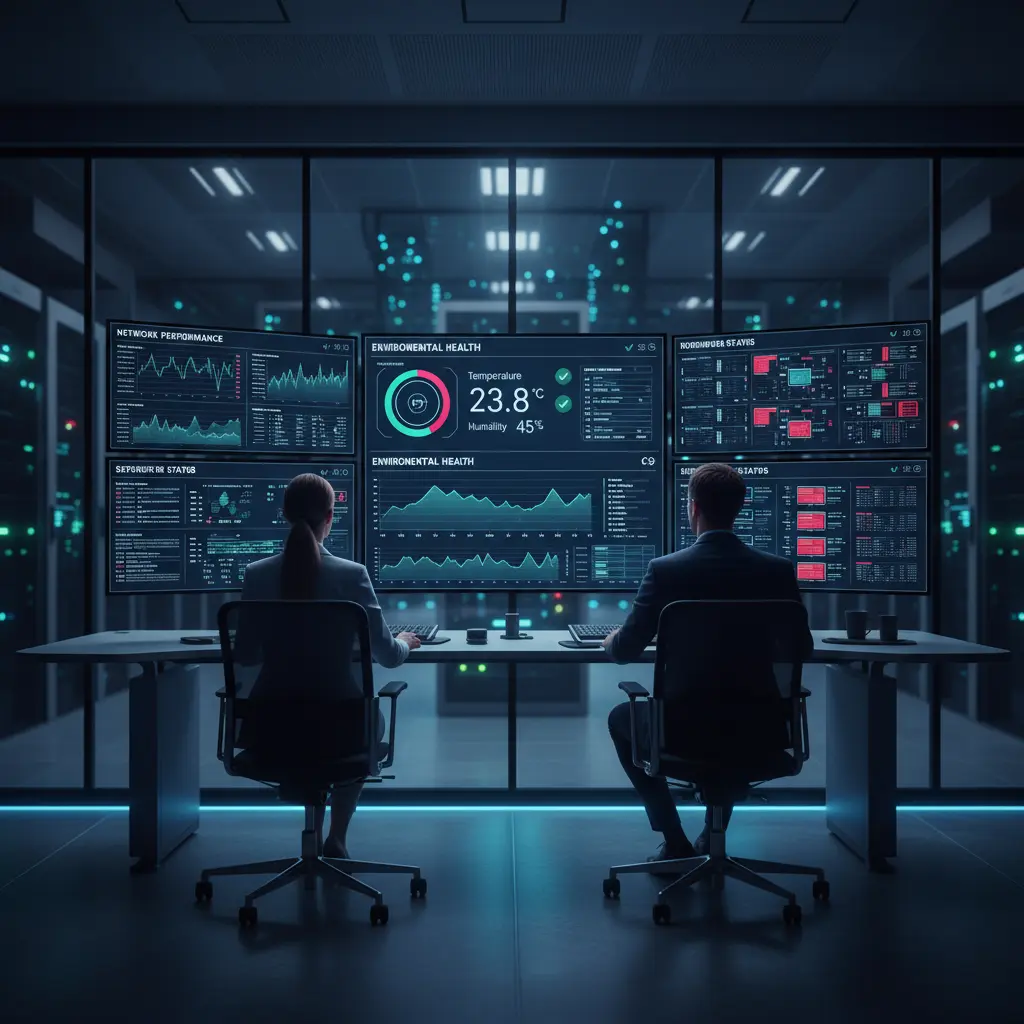
How Data Center Monitoring Relates to Server Room Temperature Monitoring
“Data center monitoring” may sound broad and complicated, but one of its most important parts is temperature. When the temperature rises, servers don’t complain with words, but their fans, processors, and error logs do.
For a deep dive into this essential component, check out our guide on Server Room Temperature Monitoring
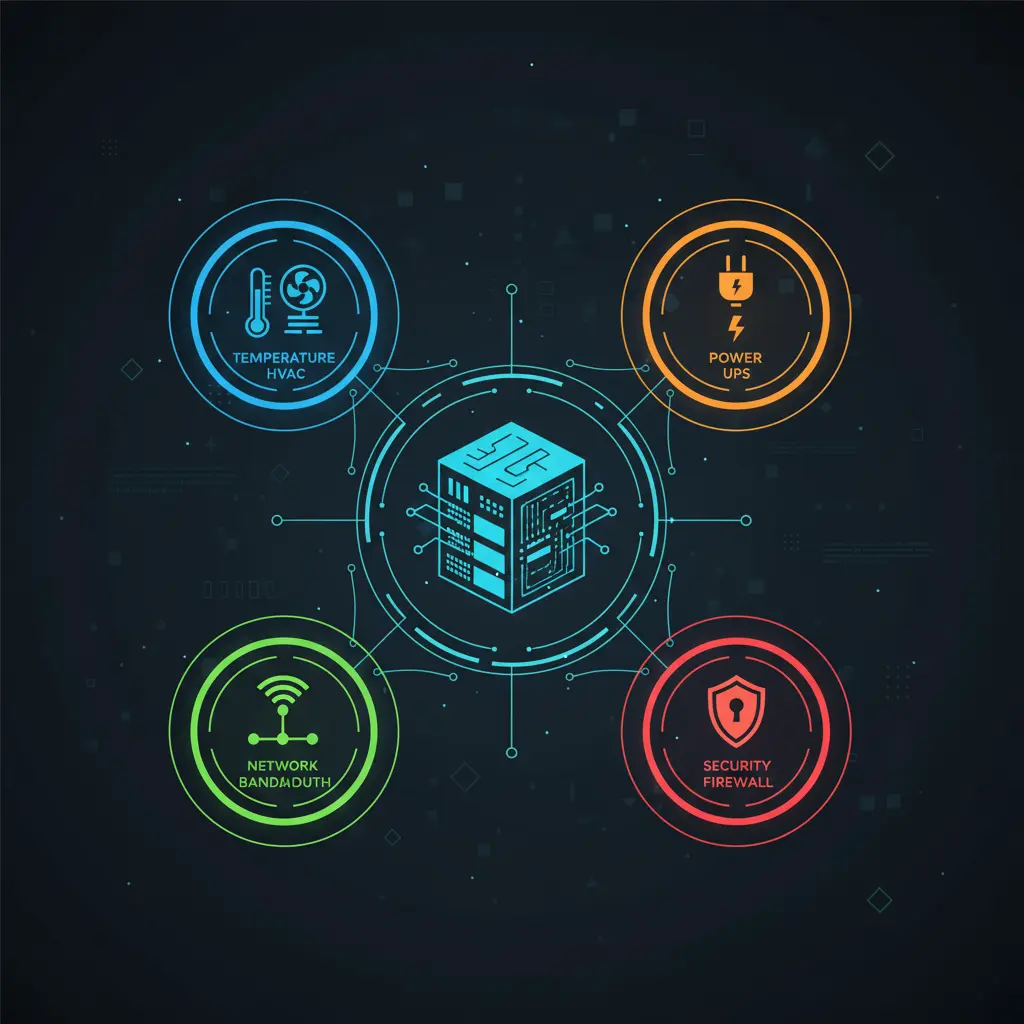
References
- ASHRAE Thermal Guidelines for Data Processing Environment – temperature & humidity standards
- Uptime Institute – reliability and downtime benchmarks
- Schneider Electric Blog – modern DC monitoring insights
